Crecchio. The Ducal Castle De Riseis-D'Aragona
2025
The castle is composed of four corner towers that enclose as many buildings. It is surrounded by a perimeter of walls that also enclose a garden.
You may also like
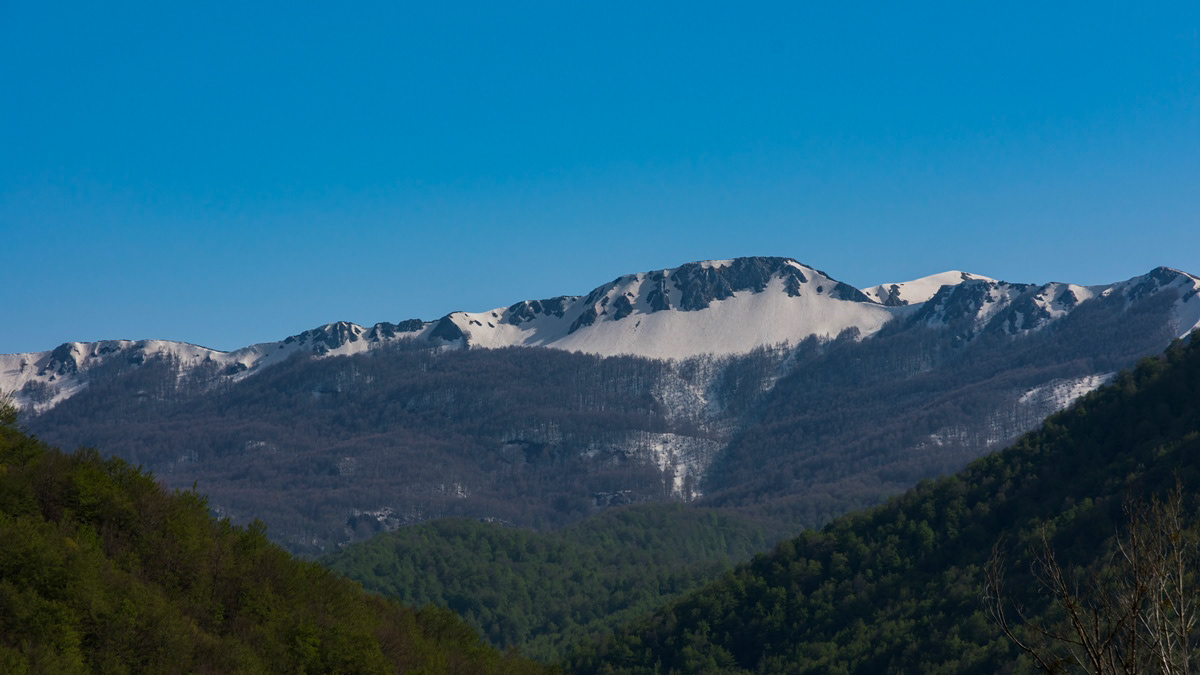
2018
P.N.A.L.M. - Part IV
The National Park of Abruzzo, Lazio and Molise is a national park including for the most part (about 3/4) in the province of L'Aquila in Abruzzo and for the remainder in that of Frosinone in Lazio and in that of Isernia in Molise. It was inaugurated on 9 September 1922 in Pescasseroli, the current headquarters and central management of the park, while the body of the same name had already been established on 25 November 1921 with a provisional directorate. Its establishment took place officially with the Royal decree-law of 11 January 1923.
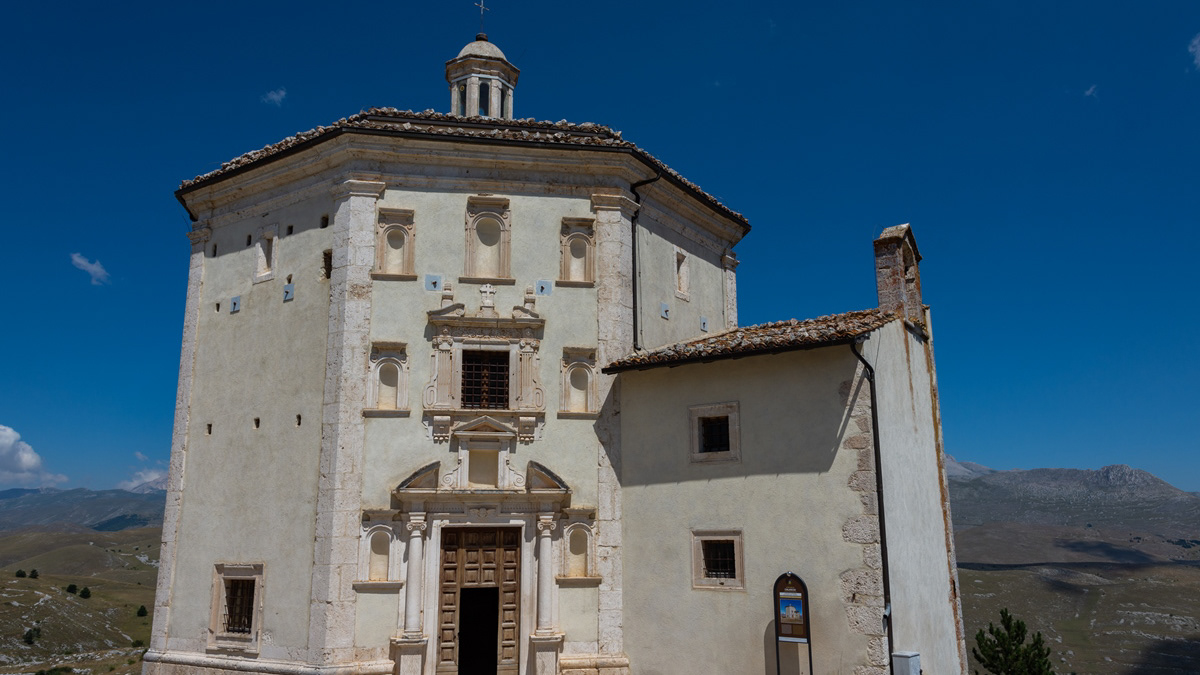
2018
Rocca Calascio (AQ) - Santa Maria della Pietà
Near Rocca Calascio, on the path that leads to Santo Stefano di Sessanio, is the church of Santa Maria della Pietà, a small temple built in 1596 on the place where, according to legend, the local population had the best of a band of brigands . The church, probably founded on a pre-existing Renaissance aedicule, has an octagonal external structure with an environment used as a sacristy leaning against one of the facades and a dome with eight segments. The interior, articulated on a system of Tuscan pilasters, presents a painting depicting the Miraculous Virgin and a sculpture of San Michele armed. The church, now used as a simple oratory, is a destination for faithful and devotees.
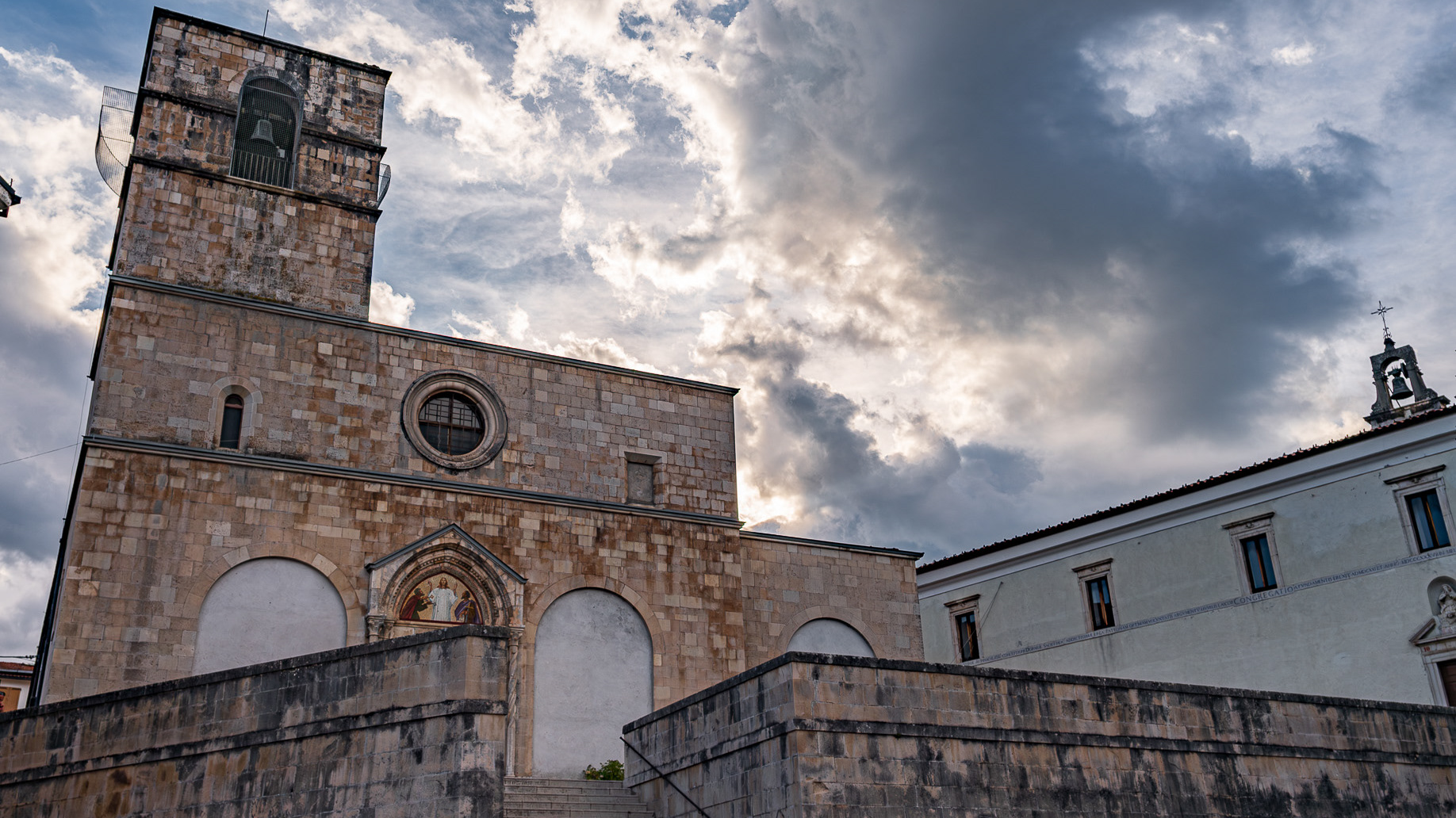
2023
Alfedena. Church of Saints Peter and Paul
Church of Saints Peter and Paul (13th century), is located in the western part of the town, in Largo Don Filippo Brunetti, is characterized by a Romanesque-inspired façade (13th century), was restored following the damage of the Second World War. The interior of the church is the result of the reconstruction in 1954. The large mosaics on the facade and inside were created by Fausto Conti in the 1950s.
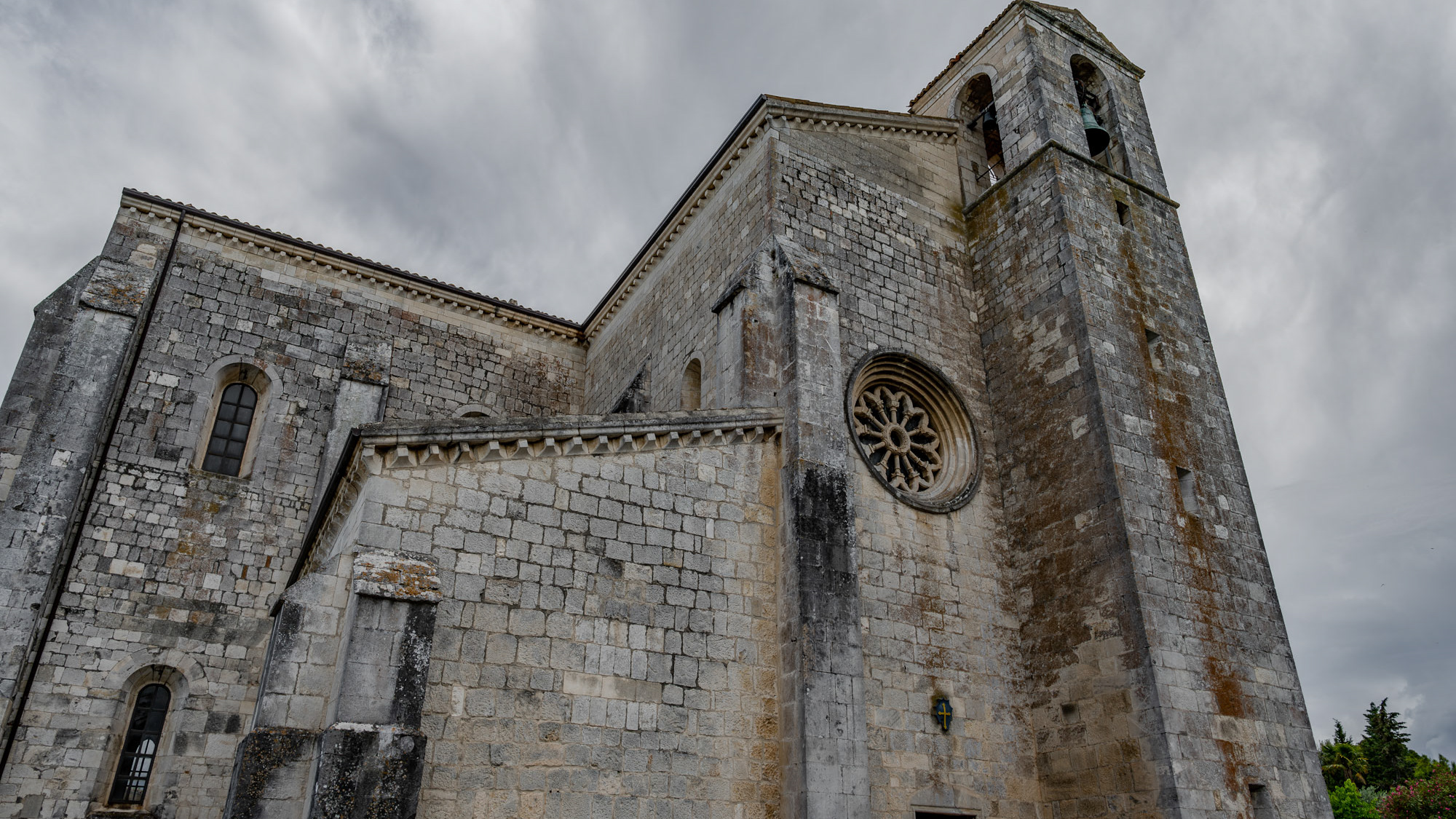
2024
Manoppello. Abbey of Santa Maria Arabona
Santa Maria de Arabona is an abbey dating back to the end of the 12th century located in the hamlet of the same name in the municipality of Manoppello (PE), declared a national monument in 1902.
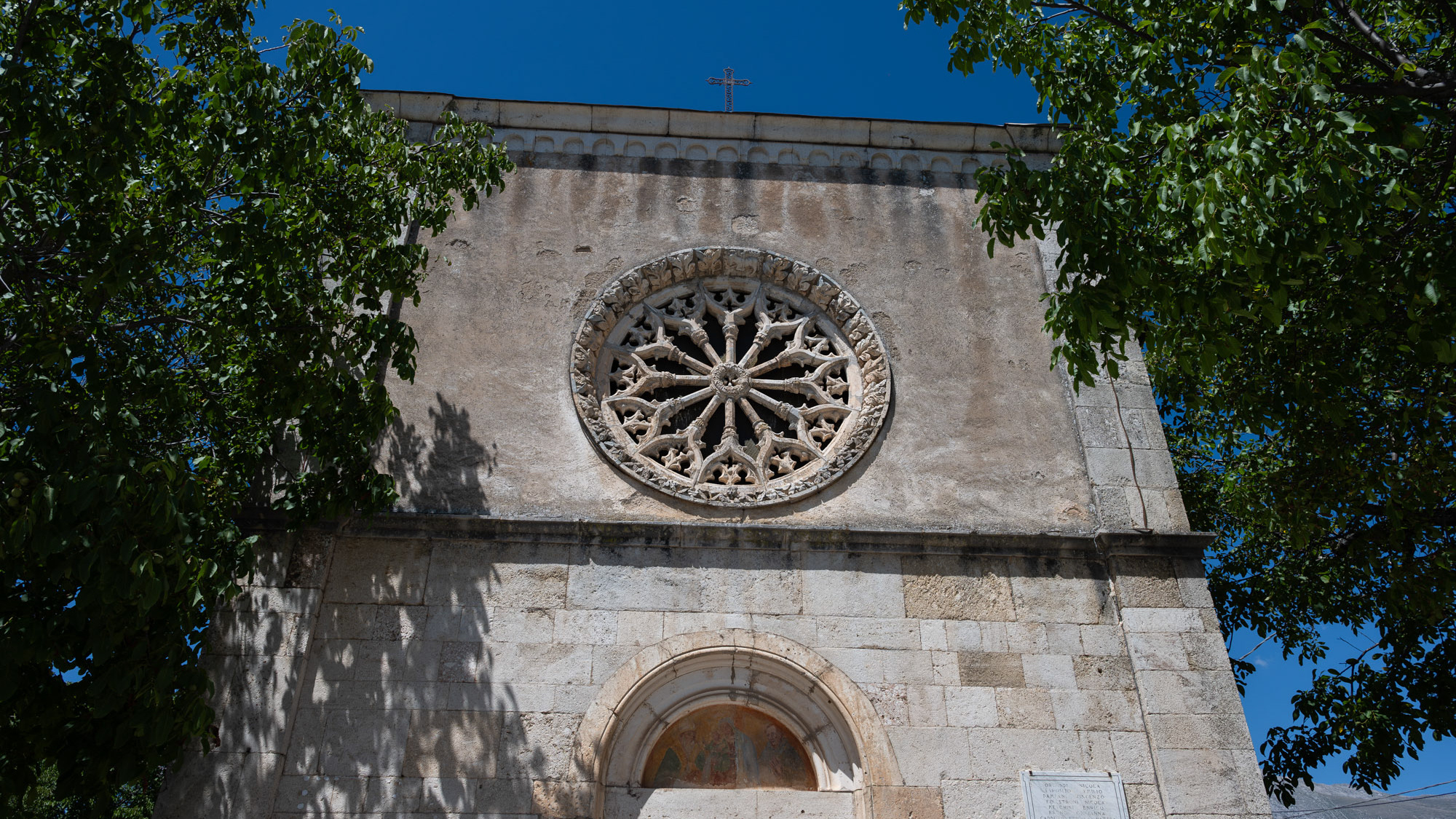
2024
Albe, Massa d’Albe, L’Aquila. Church of San Nicola
Built in 1602, the facade is made of stone blocks and features a Gothic-style rose window. The door is surmounted by a lunette with a painting of St. Nicholas and the Madonna with Child.
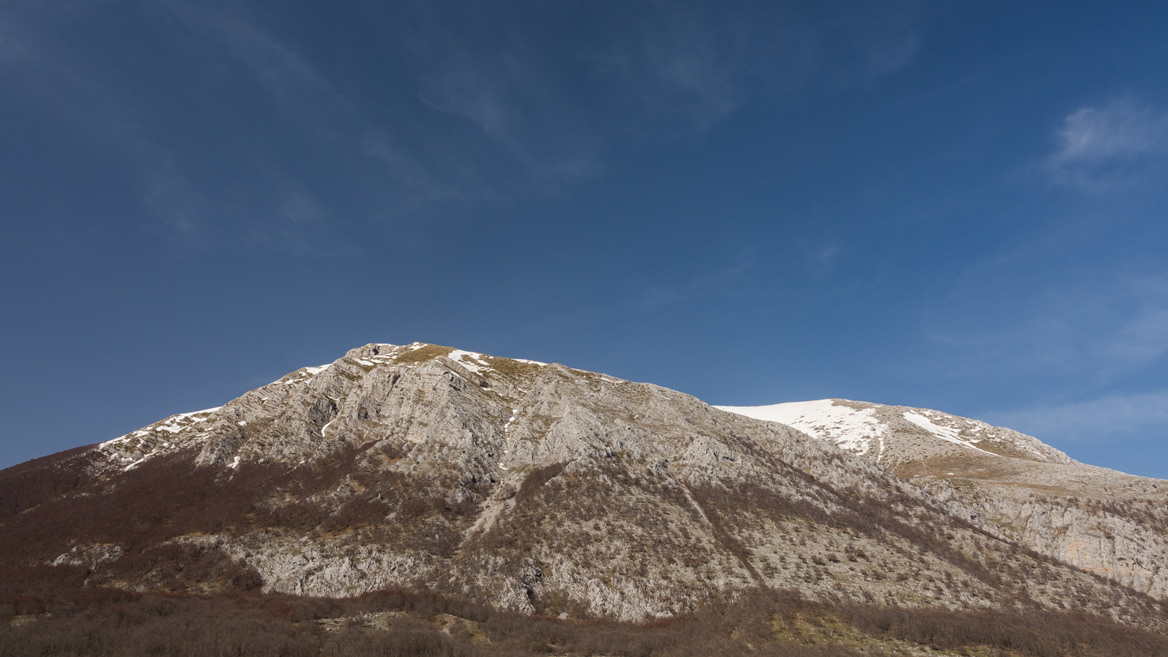
2018
P.N.A.L.M. - Part III
The National Park of Abruzzo, Lazio and Molise is a national park including for the most part (about 3/4) in the province of L'Aquila in Abruzzo and for the remainder in that of Frosinone in Lazio and in that of Isernia in Molise. It was inaugurated on 9 September 1922 in Pescasseroli, the current headquarters and central management of the park, while the body of the same name had already been established on 25 November 1921 with a provisional directorate. Its establishment took place officially with the Royal decree-law of 11 January 1923.
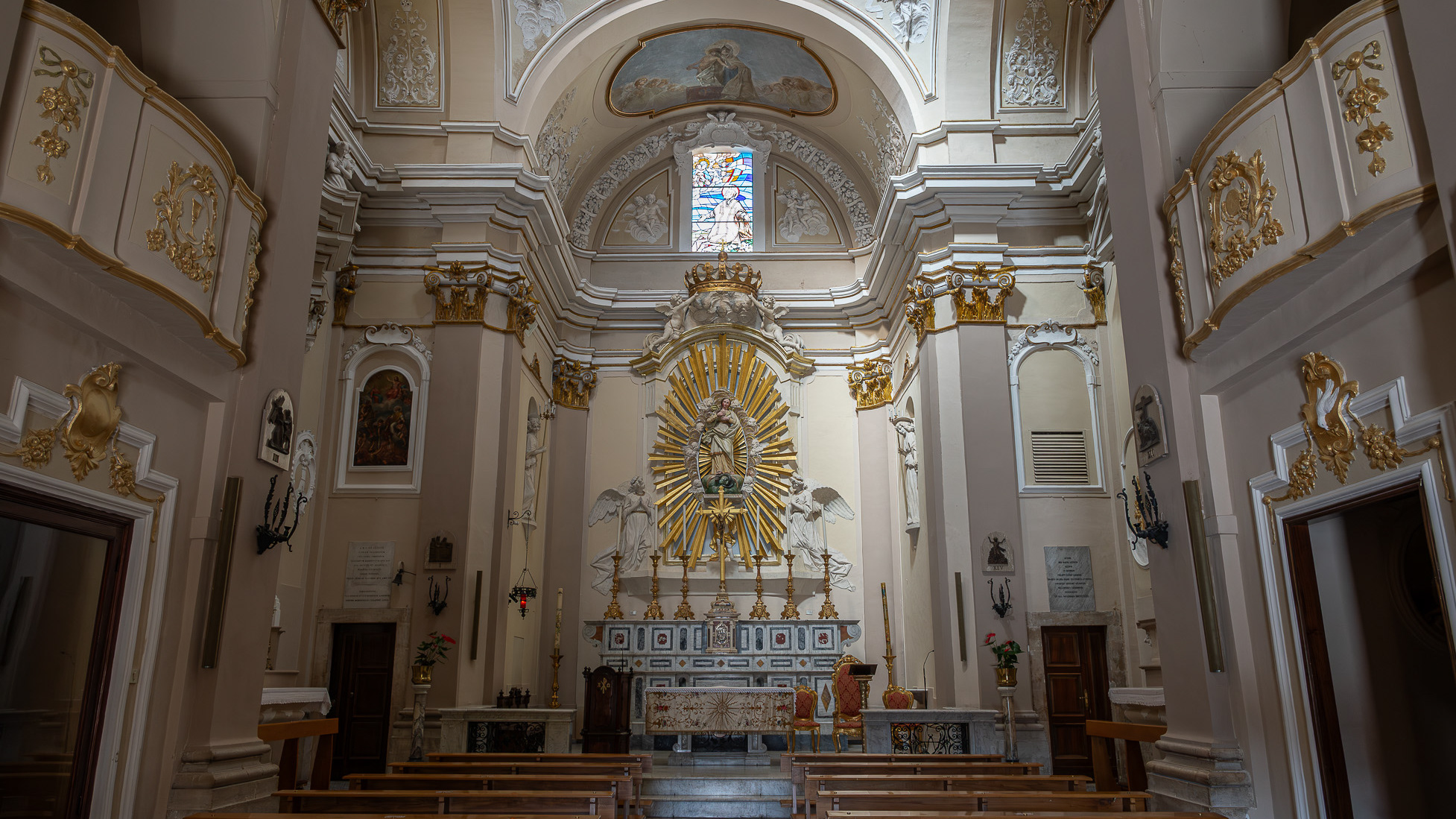
2023
Sulmona. Church of San Filippo Neri
The construction of the church and oratory of San Filippo Neri began in the mid-17th century and was completed in 1677. However, in the beginning the congregation was based - together with that of the Jesuit Fathers - in the church of Sant'Ignazio , located in Piazza XX Settembre and no longer existing today; only later did it move to Piazza Maggiore - the current Piazza Garibaldi - within the lively and populous Borgo Pacentrano. The earthquake of 1706 forced a reconstruction of the complex, which Baron Giambattista Mazara magnanimously took charge of between 1785 and 1794, deserving the commemorative plaque placed on the right wall of the church; the adjoining convent had to assume considerable decorum, so much so that in 1796 it was even able to host King Ferdinand IV of Bourbon on a visit to the city. In 1799, with the suppression of the Filipino order, the Fathers left the city and the sacred building, abandoned and reduced to profane use, was transformed into an oven and also used for military purposes. Likewise, the oratory, confiscated by the Royal Property, had various uses and today is the headquarters of the Command of the Guardia di Finanza. Only in 1920 did the church regain its religious use, becoming the seat of the parish of Sant'Agata. From here the traditional demonstration of the Madonna fleeing into the square begins on Easter morning, the joyful conclusion of Holy Week in Sulmona.
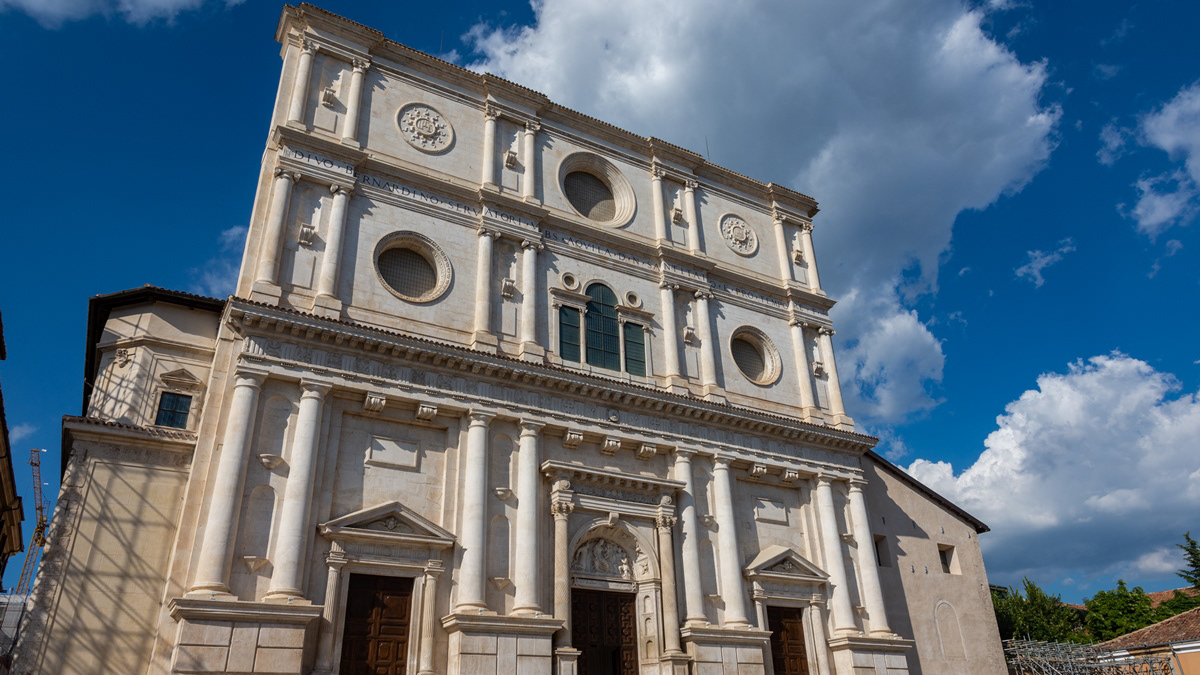
2018
L'Aquila - Basilica of San Bernardino
The basilica of San Bernardino is a religious building in L'Aquila, located in the quarter of Santa Maria. It was built, with the adjacent convent, between 1454 and 1472 in honor of San Bernardino da Siena, whose remains are kept inside the mausoleum of the Saint built by Silvestro dell'Aquila. The façade, erected in the following century by Cola dell'Amatrice with Michelangelo's influences, is considered the highest expression of Renaissance architecture in Abruzzo. The interior, in Baroque style, is due to the reconstruction of the building following the earthquake of 1703 by several designers - including certainly Filippo Barigioni, Sebastiano Cipriani and Giovan Battista Contini - and preserves important works of art by Andrea della Robbia, Francesco Bedeschini, Pompeo Cesura, Rinaldo Fiammingo and Donato Teodoro, in addition to the aforementioned Silvestro dell'Aquila, also author of the mausoleum of Maria Pereyra Camponeschi. The carved wooden ceiling decorated with pure gold is the work of Ferdinando Mosca. It was included in the list of national monumental buildings in 1902 and elevated to the rank of minor basilica by Pope Pius XII in 1946. Due to the earthquake of 2009 which severely damaged the apse and the bell tower, the basilica was subjected to repair and consolidation works and was reopened in 2015.
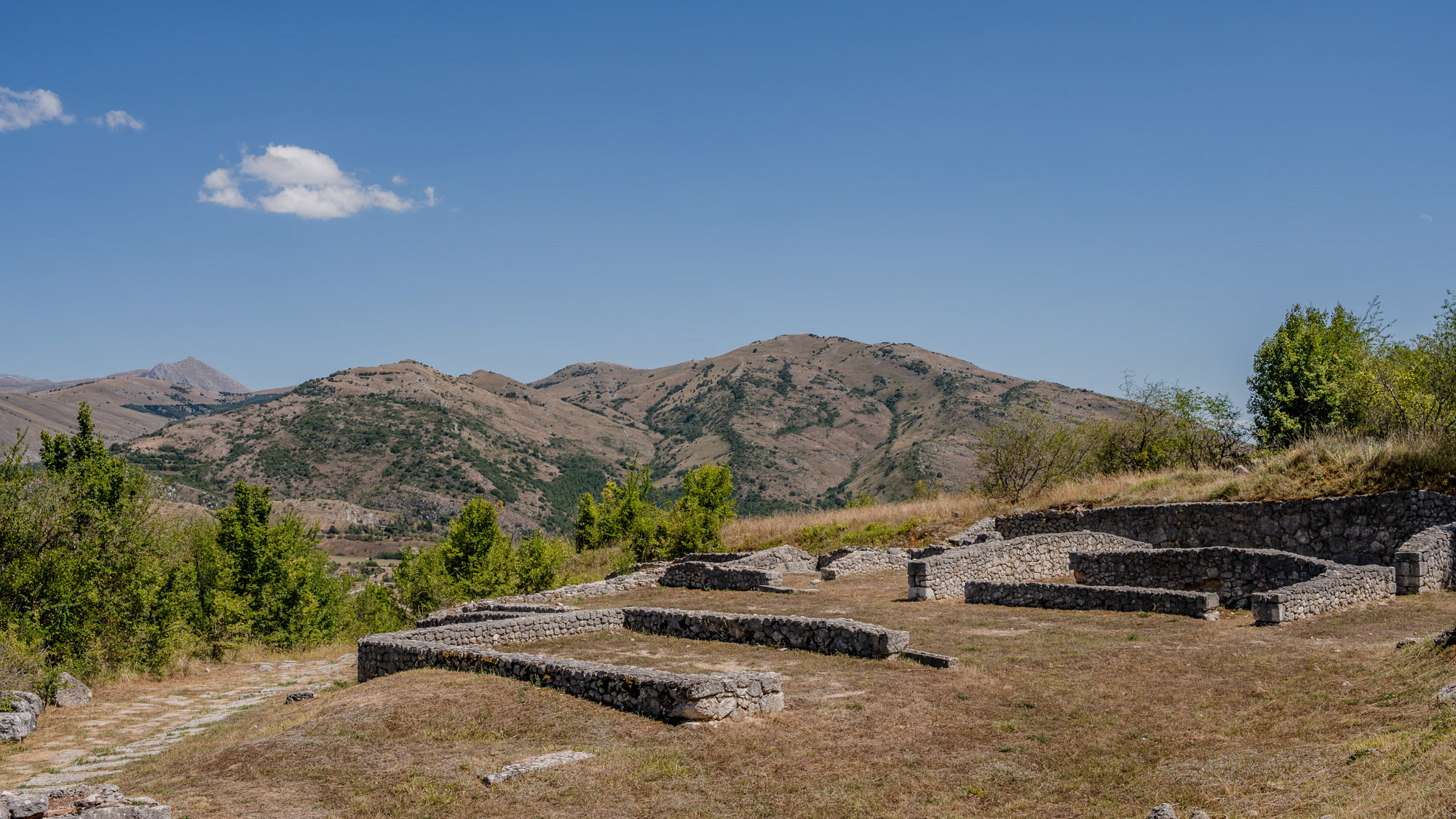
2024
Archaeological site of Alba Fucens
Alba Fucens is a site that arose in the 4th century BC in an elevated and well-fortified position, on approximately 34 hectares at 966 m above sea level, on the slopes of Mount Velino in Abruzzo.
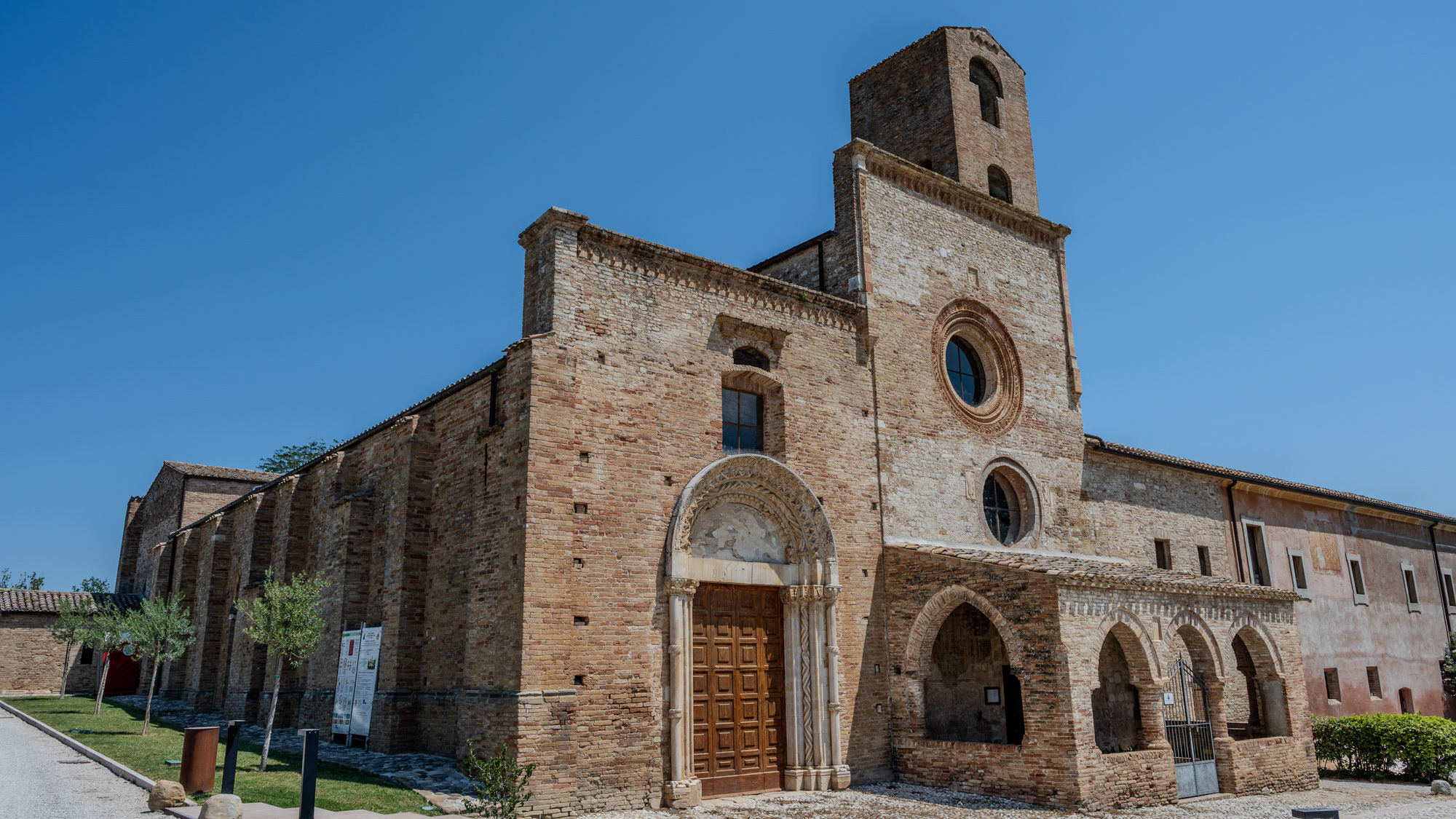
2024
Morro D’Oro. The church of S. Maria di Propezzano
The church of Santa Maria di Propezzano is a Romanesque-style Catholic place of worship in Abruzzo located in the Vomano valley, in the municipality of Morro d'Oro, in the province of Teramo.
